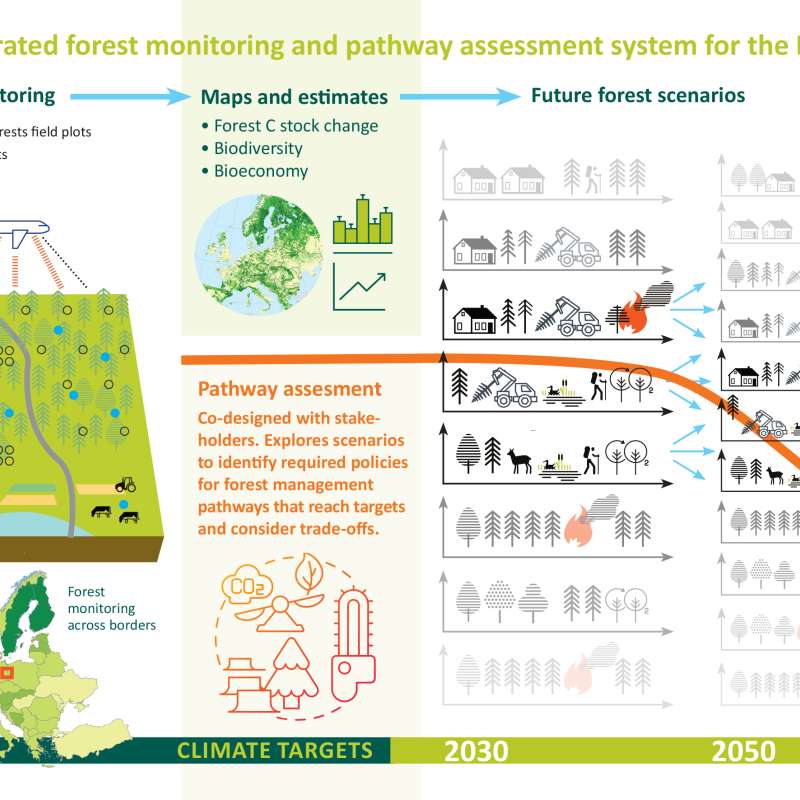Stefano Puliti
Research Scientist
Authors
Stefano Puliti Emily R. Lines Jana Müllerová Julian Frey Zoe Schindler Adrian Straker Matthew J. Allen Lukas Winiwarter Nataliia Rehush Hristina Hristova Brent Murray Kim Calders Nicholas Coops Bernhard Höfle Liam Irwin Samuli Junttila Martin Krůček Grzegorz Krok Kamil Král Shaun R. Levick Linda Luck Azim Missarov Martin Mokroš Harry J. F. Owen Krzysztof Stereńczak Timo P. Pitkänen Nicola Puletti Ninni Saarinen Chris Hopkinson Louise Terryn Chiara Torresan Enrico Tomelleri Hannah Weiser Rasmus AstrupAbstract
No abstract has been registered
Authors
Daniel Moreno-Fernández Johannes Breidenbach Isabel Cañellas Gherardo Chirici Giovanni D’amico Marco Ferretti Francesca Giannetti Stefano Puliti Sebastian Schnell Ross Shackleton Mitja Skudnik Iciar AlberdiAbstract
No abstract has been registered
Authors
Mostafa Hoseini Helle Ross Gobakken Stephan Hoffmann Csongor Horvath Johannes Rahlf Jan Bjerketvedt Stefano Puliti Rasmus AstrupAbstract
No abstract has been registered

Division of Forest and Forest Resources
PathFinder
Towards an Integrated Consistent European LULUCF Monitoring and Policy Pathway Assessment Framework

Division of Forest and Forest Resources
A Decision Support System for emerging forest management alternatives
This project aims to develop advanced tree growth models using LiDAR-derived, high-density point cloud data to improve the simulation of forest dynamics under close-to-nature silvicultural practices. By modeling tree-level growth in structurally complex and heterogeneous stands, these models will support more accurate, spatially explicit forest simulations and inform sustainable and diversified forest management decisions.

Division of Forest and Forest Resources
SFI SmartForest: Bringing Industry 4.0 to the Norwegian forest sector
SmartForest will position the Norwegian forest sector at the forefront of digitalization resulting in large efficiency gains in the forest sector, increased production, reduced environmental impacts, and significant climate benefits. SmartForest will result in a series of innovations and be the catalyst for an internationally competitive forest-tech sector in Norway. The fundamental components for achieving this are in place; a unified and committed forest sector, a leading R&D environment, and a series of progressive data and technology companies.
